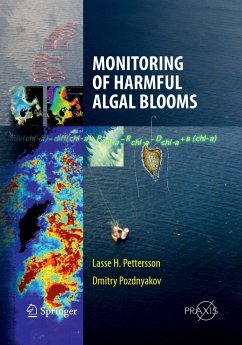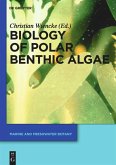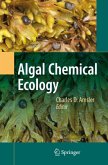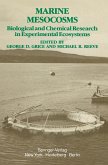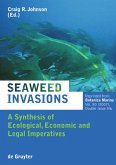Harmful algal blooms are one of the consequences of the human impact on aquatic ecosystems, particularly the process of eutrophication. They can cause a variety of deleterious effects, including the poisoning of fish and shellfish, habitat disruptions for many organisms, water discolouration, beach fouling, and even toxic effects for humans.
This volume is a comprehensive synthesis of the latest research achievements concerning harmful algae (HA) ecology. International experts provide an in-depth analysis of HA topics including: global distribution, ecology of major HA groups, ecology and physiology of HA, HA and the food web, studying and mitigating HA, the human impact on HA and HA impact on human activity. This volume is an invaluable source of information for researchers in HA ecology as well as for advanced students, lecturers, and environmental managers.
This volume is a comprehensive synthesis of the latest research achievements concerning harmful algae (HA) ecology. International experts provide an in-depth analysis of HA topics including: global distribution, ecology of major HA groups, ecology and physiology of HA, HA and the food web, studying and mitigating HA, the human impact on HA and HA impact on human activity. This volume is an invaluable source of information for researchers in HA ecology as well as for advanced students, lecturers, and environmental managers.
From the reviews:
"It is a book one reads to learn how to think about harmful algae and their roles in ecosystems. The volume is unique, timely, and valuable for this reason. I found the book to be absorbing, readable in stolen minutes, owing to the brevity of chapters; and refreshingly thought-provoking. ... In summary, this is a book on harmful algae that a scientist - an ecologist - can read for pleasure and intellectual stimulation. It is a refreshing antidote to descriptive or alarmist approaches that sometimes seem to dominate the world of harmful algal research." (Gary H. Wikfors, Harmful Algae, 2007, doi: 10.1016/j.hal.2007.03.001)
"The editors here succeeded in compiling a comprehensive review of actual HA research which exceeds the limits of 'pure' ecology. ... All in all, the book provides an in-depth overview of results, open questions and further points of focus of HA research. ... is more than suitable for scientists with HA research background." (Karina Preußel, Basic and Applied Ecology, Issue 10, 2009)
"It is a book one reads to learn how to think about harmful algae and their roles in ecosystems. The volume is unique, timely, and valuable for this reason. I found the book to be absorbing, readable in stolen minutes, owing to the brevity of chapters; and refreshingly thought-provoking. ... In summary, this is a book on harmful algae that a scientist - an ecologist - can read for pleasure and intellectual stimulation. It is a refreshing antidote to descriptive or alarmist approaches that sometimes seem to dominate the world of harmful algal research." (Gary H. Wikfors, Harmful Algae, 2007, doi: 10.1016/j.hal.2007.03.001)
"The editors here succeeded in compiling a comprehensive review of actual HA research which exceeds the limits of 'pure' ecology. ... All in all, the book provides an in-depth overview of results, open questions and further points of focus of HA research. ... is more than suitable for scientists with HA research background." (Karina Preußel, Basic and Applied Ecology, Issue 10, 2009)


